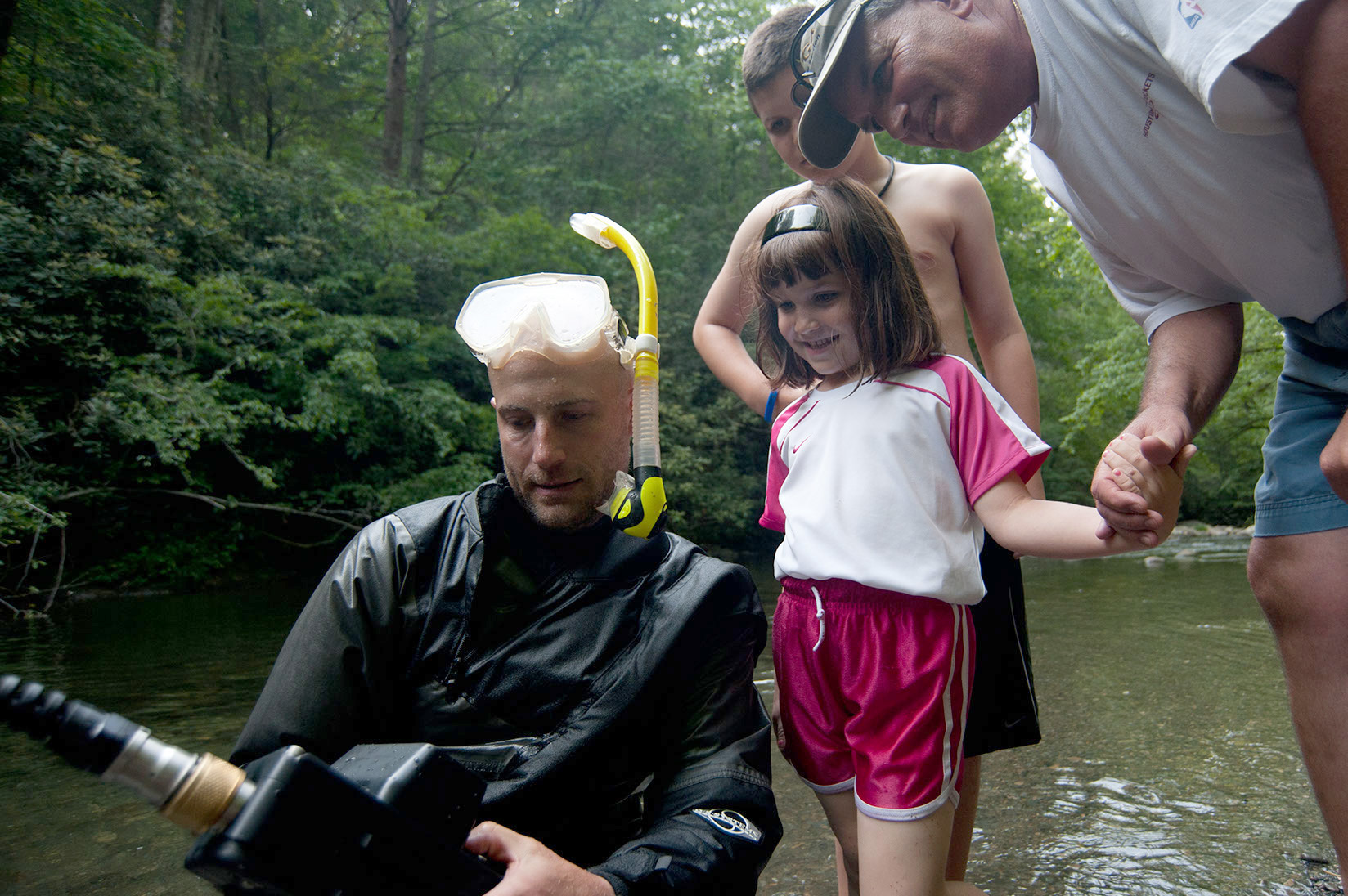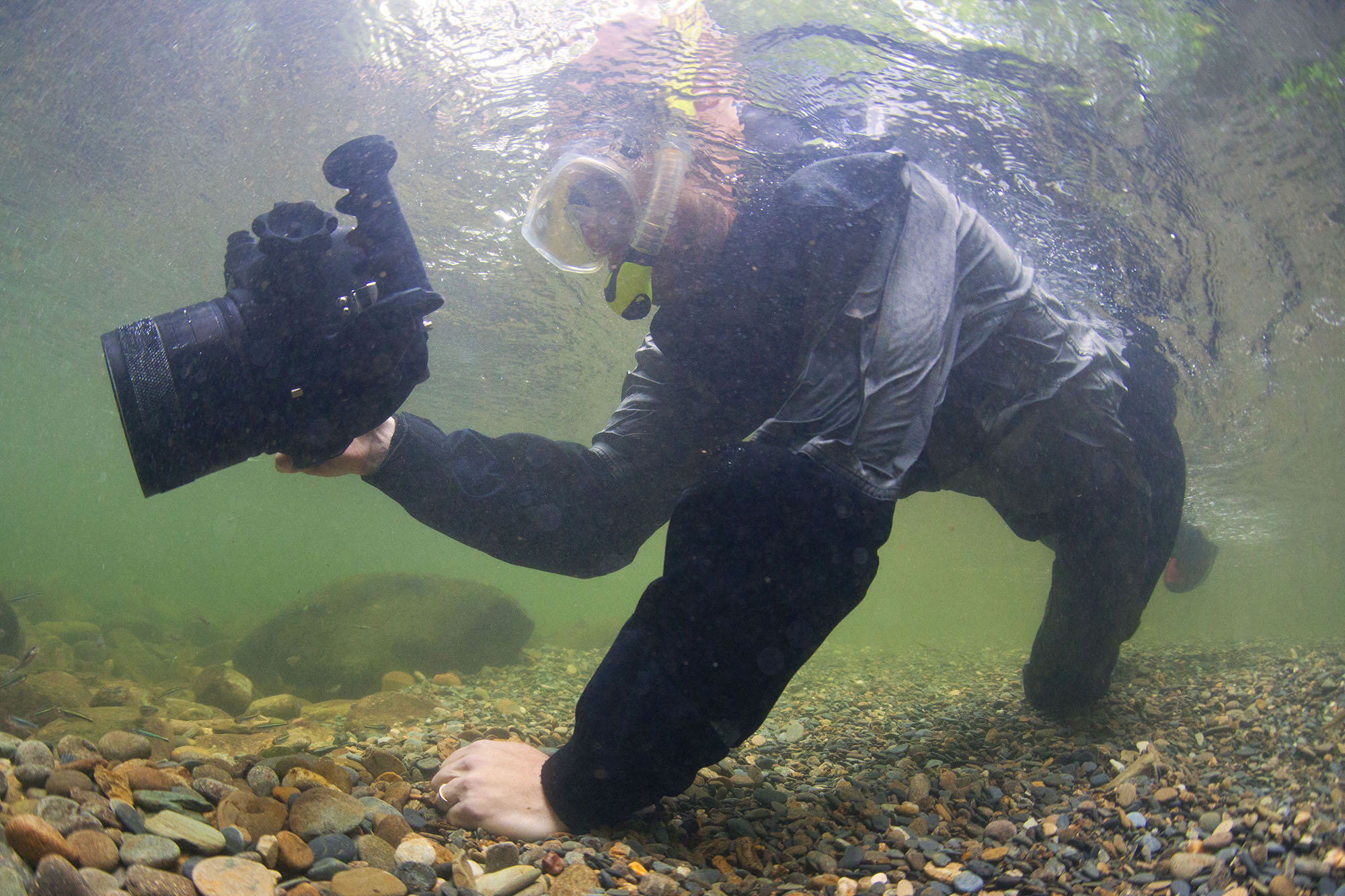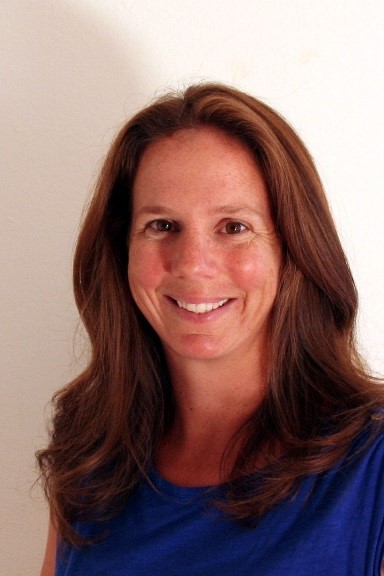KEYNOTE/PLENARY SESSIONS
(Updates still occurring, more information to come!)


Jeremy Monroe
Wading Deeper: Finding stories in aquatic science
My work as a freshwater filmmaker (yes, that's a thing) puts me at a confluence of science, storytelling, and conservation, and offers a unique vantage point to view the freshwater science community. I will share some of the joys and inspiring experiences from my work, along with some lessons clumsily learned from a slow transition from aquatic science to visual storytelling. This presentation will include examples from our documentary films, and will feature a new short film on tropical stream ecosystems.
Biography
Jeremy founded Freshwaters Illustrated as a way to help reconnect people to the vibrant and diverse worlds of freshwater. His background in aquatic ecology helps him to access stories that celebrate the beauty and value of freshwater ecosystems, and with a talented group of visual artists and communicators, he works to make those stories as immersive as they can be.
www.freshwatersillustrated.org
 Tuesday, June 6, 4:15-5:00pm
Tuesday, June 6, 4:15-5:00pm
Kristen Podolak
Science and beauty in river meander design
How do perceptions of beauty and scientific understanding combine to influence river restoration? Many rivers are characterized by meanders - curving bends in a stream. Scientists study the form of these bends using measures of sinuosity or curviness, regularity, and change over time. A subconscious preference for studying "beautiful" bends and searching for the perfect bend, has influenced meander design and river restoration. There is evidence that early theories on beauty, specifically symmetry, appear in meander design. Mixing beauty and science has had unintended consequences. In practice, when a meander form is imposed on a stream, the stream often takes its own course following a high flow event, reshaping into a different, less regular and symmetrical form. Re-formed channels are often seen as failures. Instead, they can make us think about where incorporating beauty in meander design is appropriate, for example in urban constrained landscapes, and where we can leave room for messy, untidy, and dynamic designs. This idea is gaining traction as designs incorporate natural process and ecosystem engineers. Adding large wood and facilitating beaver dam building are two examples of restoration designs that increase channel complexity, multithreaded channel form, and allow the form to change over time.
Biography
Kristen works as an Ecologist for The Nature Conservancy in the Sierra Nevada and Cascades, California. Her research focus is on watershed planning and monitoring the impacts of restoration projects. She uses spatially-explicit models, stakeholder-input, and cost-effectiveness in conservation planning to quantify ecosystem services and trade-offs associated with different land management and restoration scenarios. She's also working with partners on a meadow restoration and research study to evaluate the impact of beaver biomimicry structures and livestock grazing management on carbon storage, water storage and timing, and habitat for two threatened species. She received her Ph.D. in Environmental Planning with a focus on river restoration from the University of California, Berkeley
 Wednesday, June 7, 11:15-12:00pm
Wednesday, June 7, 11:15-12:00pm
Nancy Stoner
Catching a wave: how partnerships with scientists can move water policy ahead faster.
Science and the role of science in regulatory science and policy making is changing. As we rethink our freshwater future, the way scientists interact with policy makers in both the government and non-government realm will have a large impact on water quality. In this plenary, Nancy Stoner will provide the perspective of a non-scientist who has been working with and relying on the counsel of scientists for several decades in her work to protect water resources in the U.S. In this plenary, Ms. Stoner will describe the fundamental role of science in implementing the Clean Water Act and Safe Drinking Water Act, the statutes Ms. Stoner was responsible for implementing at the USEPA. She will further explain the role of science in the work of the Pisces Foundation, the environmental philanthropy for which she is currently Water Program director. She provides her observations on the current challenges faced by science in the U.S.. and the factors leading to the rise of citizen science, a topic of significant interest to the Pisces Foundation. She will discuss opportunities that she sees for new and emerging technologies to help the U.S. overcome our water resource challenges. Finally, she will discuss opportunities that she sees for scientists to bring forward solutions where policymakers are less able to do so.
Biography
Nancy is the Director of the Water Program and a senior fellow at the Pisces Foundation. Nancy is based in Washington, D.C. and regularly spends time at the Foundation's office in San Francisco.
Nancy most recently served as Acting Assistant Administrator for U.S. EPA's Office of Water. As a top EPA policymaker on water over the last three years, Nancy was responsible for protecting surface water resources and ensuring the safety of tap water across the United States. She is exceptionally knowledgeable about water and has visited every corner of the country to see new technology, cutting-edge programs, and innovative partnerships first hand. Prior to serving in the EPA, Nancy was the Co-Director of the NRDC Water Program, promoting sound water resource management nationally and in specific watersheds. Nancy also worked as Director of the Office of Planning and Policy Analysis in the Office of Enforcement and Compliance Assurance at the U.S. Environmental Protection Agency and as an attorney for the U.S. Department of Justice in Washington, D.C. Nancy is a graduate of Yale Law School and the University of Virginia.

